Hydrogenation Plant
We believe in providing top quality workmanship and are so confident in our level of service that we back.
We believe in providing top quality workmanship and are so confident in our level of service that we back.
Fatty acid hydrogenation is a chemical process that involves the saturation of unsaturated fatty acids by adding hydrogen atoms to the carbon-carbon double bonds (ethylenic bonds) in the presence of a catalyst. This process is integral to the production of stable, saturated fats, which have applications across various industries, including food processing, cosmetics, and industrial manufacturing.
Fatty acid hydrogenation plant is utilized in various industries:

Used in the production of margarine, shortening, and other food products that require stable fats.

Employed in the formulation of creams, lotions, and other cosmetic products where saturated fats provide desired consistency and stability.

Applied in the manufacturing of lubricants, soaps, and other industrial products that benefit from the stability and consistency of saturated fats.
The hydrogenation process involves reacting unsaturated fats with hydrogen in the presence of a catalyst, typically supported on silica gel. This reaction takes place at temperatures ranging from 180°C to 250°C and pressures between 10 to 25 bars. The catalyst facilitates the addition of hydrogen atoms to the double bonds of the fatty acids, converting them into saturated fats.
The hydrogenation process is exothermic, meaning it releases heat. This heat is efficiently utilized to preheat the fat feedstock, enhancing the overall energy efficiency of the process.
After the hydrogenation reaction, the hydrogenated fat undergoes filtration to remove any remaining catalyst residues.
The final step involves post refining by filtering the product through activated bleaching earths. This step ensures the removal of any traces of nickel, which may be present from the catalyst, resulting in a high-purity hydrogenated fat.

Strategies to ensure proactive domination. At the end of the day,User generated content in real-time will have multiple touchpoints for offshoring.




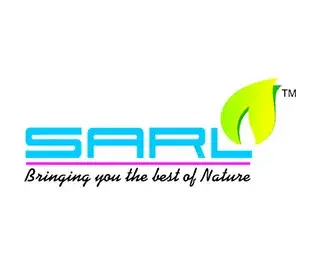

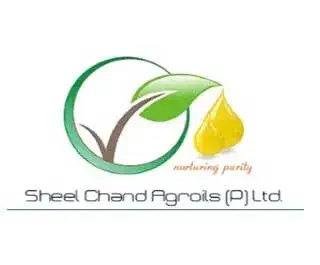
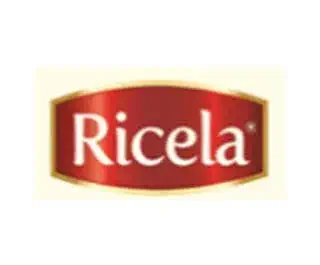
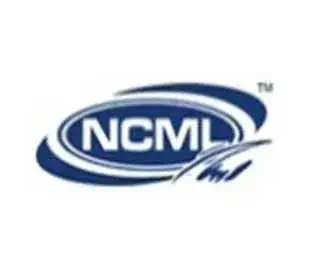


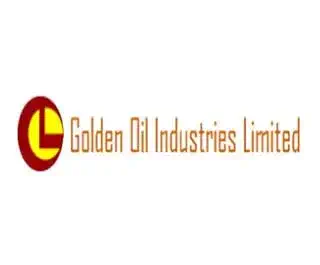




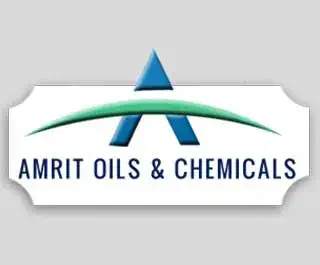




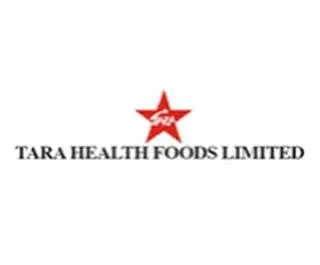

March 15, 2025
October 20, 2024
Discover some of the most asked questions regarding Fatty Acid Hydrogenation Plant.
Hydrogenation is used to convert unsaturated fats into saturated fats, making them more stable and suitable for use in food processing, cosmetics, and industrial applications..
The process is typically conducted at temperatures between 180°C to 250°C and pressures ranging from 10 to 25 bars, in the presence of a catalyst supported on silica gel.
Hydrogenation is exothermic because it releases heat during the chemical reaction. This heat is used to preheat the fat feedstock, improving the energy efficiency of the process.
The catalyst residues are removed through filtration, and any remaining traces of nickel are eliminated during the post-refining process, which involves filtering through activated bleaching earths.
Industries such as food processing, cosmetics, and various industrial sectors utilize hydrogenated fats for their stability and consistent properties in product formulations.